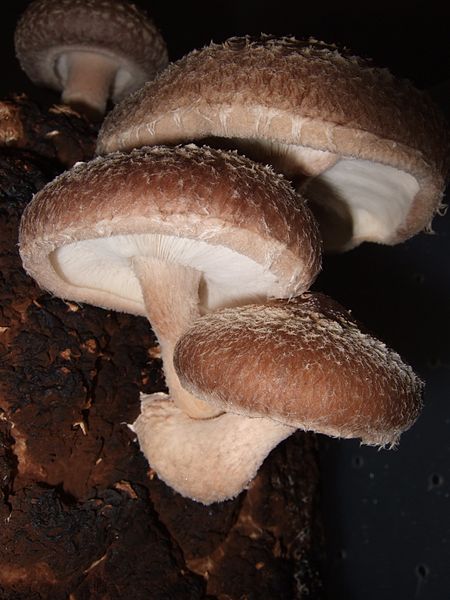The cold and wet of autumn has arrived and although there will be plenty of grumbling from many in the UK who wish for constant sunshine, for many this means that it is time to go hunting for mushrooms. For some people the simple joy of walking through a forest or woodland and observing the diverse range of fungal fruiting bodies popping out of the ground or a piece of wood is their only motivation. For others the object of their search is to find and take away tasty treats for themselves or to sell on to others.
When it comes to harvesting mushrooms there are two methods that people use and arguments why each is better than the other: One method is to pick the whole mushroom including the underground base and the other is to cut it flush to ground level with a knife. The argument for cutting is that this method causes less disruption to the underground mycelium and the argument for picking the whole mushroom is to avoid leaving a stump creating a wound that disease could enter through and infect the underground mycelium.
I was interested to find out if there was any evidence to suggest that one or other of the methods were in fact better for the long term health of the fungi and their mushroom producing capacities. After a little research I stumbled across a long term study that set out to answer this question with very interesting results. The study was conducted from 1977 to 2003 and concludes that neither method decreases the yield of mushrooms. The study also concludes that concerns about overharvesting reducing long term yields of mushrooms appear to be unfounded. However the trampling of the forest floor that occurs when people pick mushrooms does reduce short term yields most probably because the newly emerging primordia (baby mushrooms) are trampled and therefore fail to mature. The underground mycelium appears not to be adversely affected by this action and will produce plenty of mushrooms when trampling pressure is reduced.
The writers of the study do make a very good point in their conclusion that more needs to be learned about how many spores need to be produced and released to maintain long term reproduction of fungi and I would add that leaving plenty of mushrooms behind when harvesting means that other species that use mushrooms for food or habitat can share this resource.
I recommend reading the study and have provided a link below. I also wish to say happy hunting to all those who will be out searching for mushrooms. Enjoy!
Mushroom picking does not impair future harvests – results of a long-term study in Switzerland


